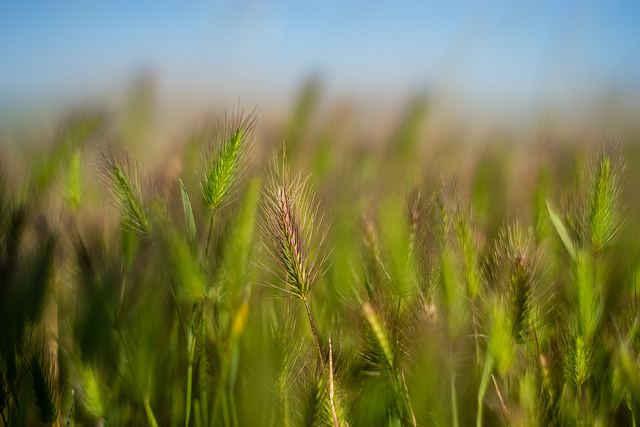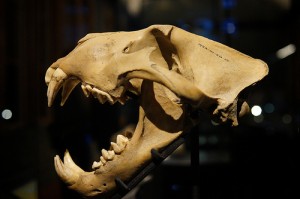Search Results for Tag: breed
Why we need the wild relatives (CWR) of our main crops
CWR is one of the abbreviations that are as unknown as they are important for the entire human race. It stands for Crop Wild Relatives and summarizes the wild, non-cultivated versions of our common food crops – wheat, sugar cane or peaches – to name just a few. Why are those wild versions important? Today’s cultivated varieties usually only produce fruit in certain environments, or under certain conditions – they would not be successful in the same way somewhere else.
However, wild crop varieties grow naturally under a much wider range of environmental conditions, and are still closely related to today’s crops. With the help of these varieties, farmers, scientists and others interested in crops are able to develop even more resistant and adaptable food sources (which is especially important in times of climate change and an explosively growing world population).
Having the examples mentioned above in mind, we find Aegilops tauschii, a relative of wheat that is resistant to the Hessian fly, a pest of cereal crops. We also see Saccharum arundinaceum, a relative of sugar cane that has the ability to survive very low temperatures. Or we see Prunus ferganensis, a wild version of peach, that is more tolerant to drought. Losing these wild varieties would mean losing the opportunity to breed resistant, stronger or more tolerant crops, if needed in the future (Source: BBC).
To raise awareness of this fact, scientists have just released the most complete database of wild crops to date. This database includes 173 crops and their 1,667 main wild relatives, along with their traits and location. The aim of this Atlas is to provide information on distribution and to collect priorities for the wild relatives of important crops. Exploring the map shows that many of the CWRs are growing in actual conflict zones in the Middle East, the cradle of all modern agriculture. And that adds a different, but not be underestimated, factor to today’s conflict situation.
Unraveling a ‘big cat’ DNA mystery
It has all the makings of a historical thriller – scientists in the UK have used the ancient skulls of Barbary lions preserved in the Tower of London to piece together the origin of modern-day big cats. And, they’ve hit upon a vital clue in India which could help resurrect the extinct and majestic Barbary lion of North Africa. First off, what exactly is a Barbary lion? Once found in huge numbers across North Africa, extending from Egypt to Morocco, it had the most spectacular physical features of all lion species. That included an extensive mane, larger body and a more pointed crown and narrow muzzle. Also called the “Atlas lion,” it was reported to have different colored eyes to other lions. Scientists are divided over when and if Barbary lions really went extinct.
The last record of a Barbary lion is an animal shot in Morocco in 1927, though there is circumstantial evidence that Barbary lions may have survived in the wild in the Atlas Mountains till 1942. European zoos have also tended to claim that they have a Barbary lion or two but experts remain skeptical.
Now, a team led by Ross Barnett of Durham University, UK, has discovered that the majestic animal has close genetic links to the Asiatic lions that live in India. (Less than 400 Asiatic lions survive at present on the Kathiawar Peninsula of India and the species is listed as endangered by the International Union for the Conservation of Nature.)
Barnett’s team came to that conclusion after scientists sequenced mitochondrial DNA from museum-held specimens and from Barbary lion skulls discovered preserved in the Tower of London’s moat and believed to date back to the 14th and 15th century. The study was published in the journal BMC Evolutionary Biology. Barnett said he was surprised by the incredibly close relationship between the extinct Barbary lion from North Africa and the Asiatic lion from India. This, he said, could now get conservationists talking about resurrecting the subspecies and reintroducing lions into North Africa. “This has implications for any future attempts to reintroduce lions into North Africa,” Barnett said. “They could probably be re-seeded with Indian lions.” The researchers compared their findings with genetic sequences drawn from other lions living in Asia and across Africa to work out different subspecies of lion evolved. Their work shows that the single species of modern lions’ most recent common ancestor lived around 124,000 years ago.







Feedback